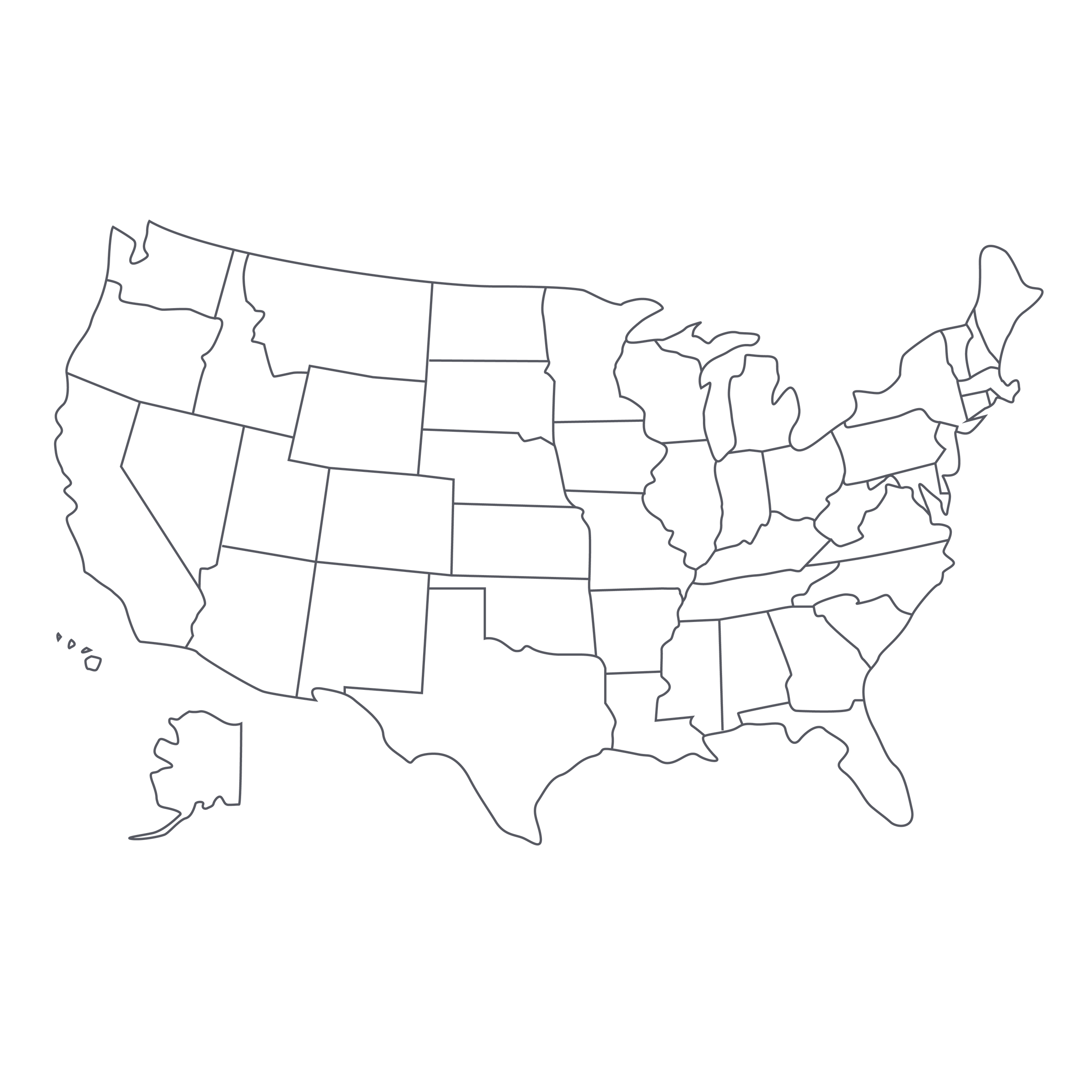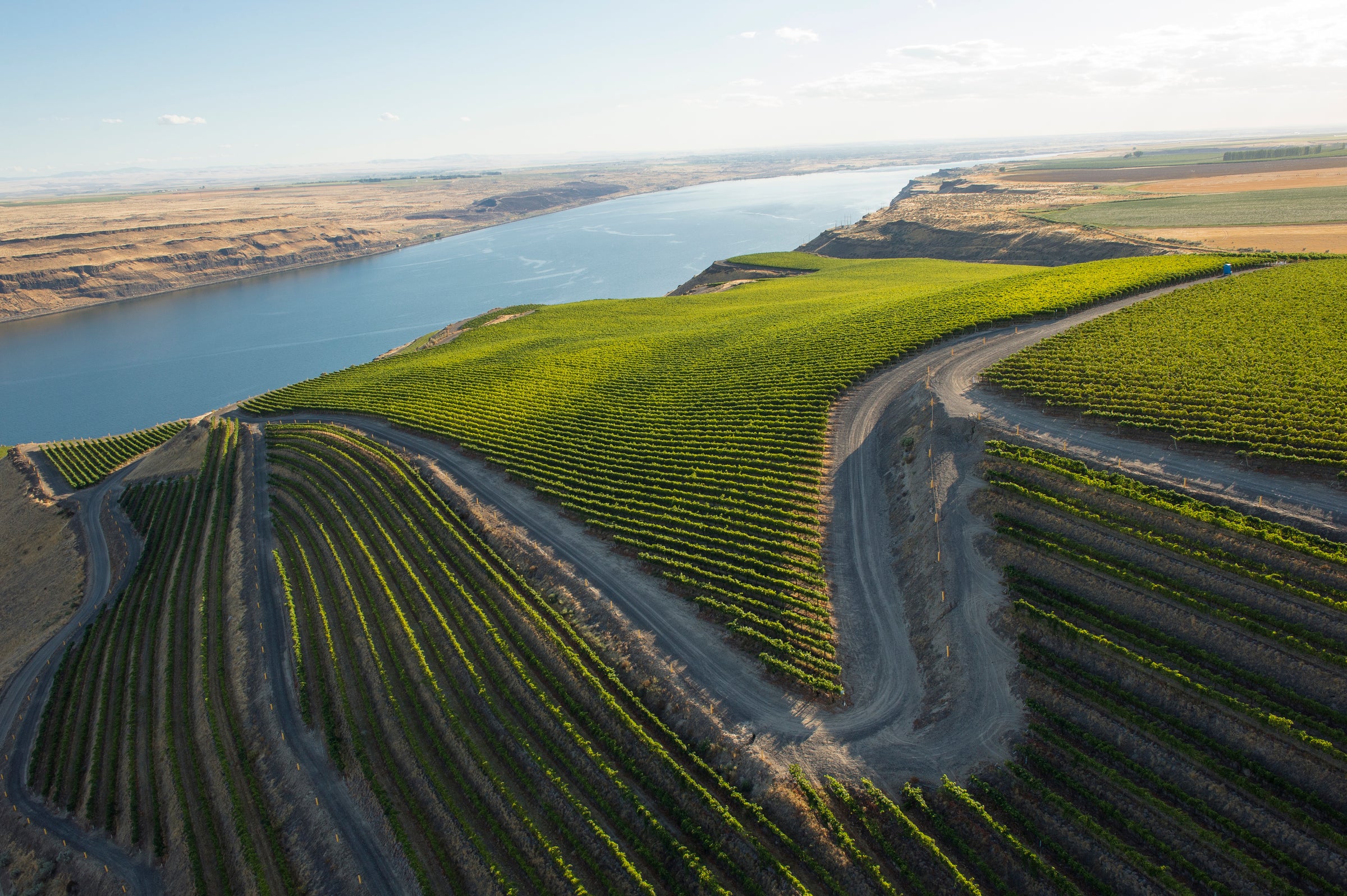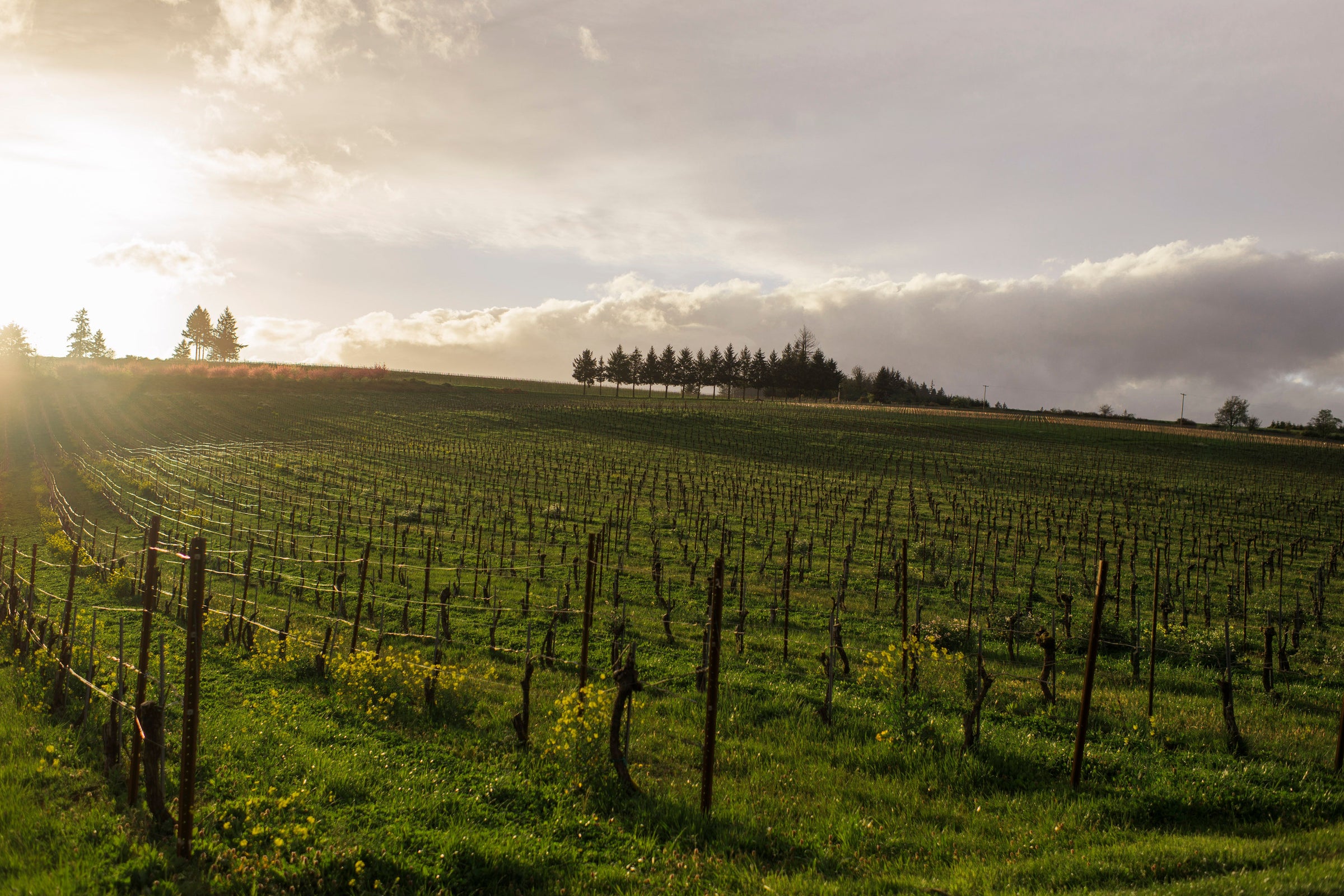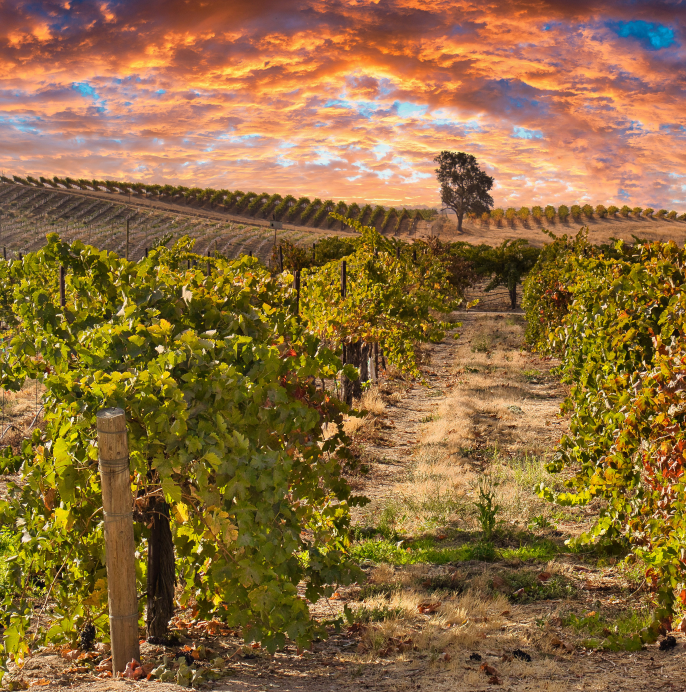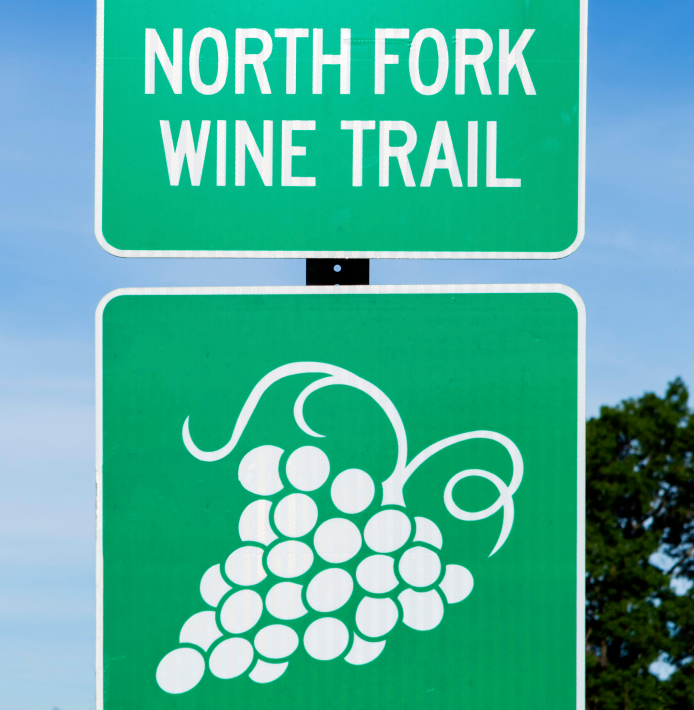French winemakers—and wine dynasties—in California? It’s hardly new. They know a good thing when they see it, and one of the best at applying “French finesse” to California Cabernet is Julien Fayard, winemaker and co-owner at Covert Estate.
Never heard of Covert? Well, it’s true to its name in that it’s one of the Napa Valley’s best-kept secrets, despite its big-name winemaker. This may explain its relatively modest price compared to the boutique Cabernets it is crafted to compete with, or it may be that it hails from Napa’s Coombsville AVA, which, despite being ideal for producing balanced Cabernet, doesn’t yet fetch the kind of premiums the “valley floor” appellations do. But I can assure you: This won’t last. Coombsville’s reputation grows with each successive vintage, and today’s “Black Label” Cabernet Sauvignon is just too delicious to overlook—a beautifully deep and polished New World red crafted with Old World restraint and respect for terroir. Napa wine insiders will instantly recognize Fayard as the longtime right-hand to celebrated enologist (and fellow Frenchman) Philippe Melka, so it’s fair to say that with a resume that includes icons like Dalle Valle, Lail, and Quintessa—oh, and Château Lafite-Rothschild as well—his skills with Cabernet are well-developed. It’s the kind of bottle you’ll want to hide in the kitchen for the guests who appreciate a good story and an even better glass. But it’s also a wine which, qualitatively, would cost you at least double if it came from a less, um, covert appellation/producer. In fact, Fayard usually only makes a few barrels of Covert wine and sells it via mailing list at about $200 a bottle; this 2017 release, a whopping 316 cases' worth, is the first wine he’s made available to a broader audience, and at this price, I would strongly suggest grabbing six bottles before it disappears in an instant!
Founded in 2012 by the Nicholsons and the Nestors (both couples are extensive California wine collectors) Covert has consistently floored critics and sommeliers alike. They partnered with Julien Fayard after falling in love with his many Napa Valley projects over the years. He would carry out their vision: wine with identity and pure expression of terroir, made by careful vineyard management and an inherent respect for the fruit. Fayard’s combination of Bordeaux’s techniques and traditions with Californian creativity were the perfect match for their sophisticated palates.
Covert’s five acres of vineyards are in the Coombsville AVA, best known for being one of the coolest microclimates within the Napa Valley. Fog from the San Pablo Bay blankets the vines before burning off in the morning sun as it spills over the Vacas Mountain Range. Vines bud early and grapes are harvested late since the days can be a full 10 degrees cooler during critical ripening periods. This encourages the unhurried accumulation of sugars and phenolic compounds that characterize the most concentrated and terroir-specific Napa wines, slow and steady magic.
Covert’s soils are solid volcanic ash with very little topsoil. Underneath, fudgy stripes of loam are sandwiched between volcanic rock, all stacked together like the layers of a German chocolate cake. These soils retain water even during drought seasons and allow Covert to minimize their water usage, encouraging vines to dig deep and work hard. Fayard’s entire philosophy of winemaking is predicated on growing the perfect fruit, so when the Black Label’s Cabernet Sauvignon is hand-harvested and meticulously sorted (twice!) it’s all downhill from there. Twenty-six months in oak barrels add texture and toast before being bottled unfined and unfiltered—the essence of Coombsville, with a cork in it.
There aren’t many wines that can combine both richness and refinement like this one. It’s Fayard’s signature, and can be traced back to his time at Château Lafite-Rothschild. Covert has the same structural bones, albeit a very different style of fleshiness; more red fruit, and less wait-time! Aromas of smashed boysenberry, freshly turned earth, violets, and caramel take the lead. The palate is more restrained than the nose might imply, with a heady dose of graphite, anise, and volcanic minerality to keep an abundance of juicy red plum notes from becoming overly ripe. Tannins are moderate and well-rounded after their time in oak, making for a velvety glass tonight while promising smooth drinking for the next 10 years, at least. Plenty of time to discover Covert’s hidden secrets!


